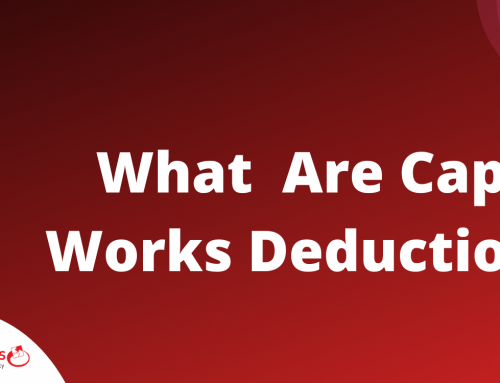Whether you have an extensive property portfolio or you’re new to investment property, you’ve likely pondered “Can you live in your investment property?” at one point or another. It’s one of the most frequently asked questions from prospective and new property owners. Within this article, we’re going to outline whether you can live in your investment purchase and the regulations around residing in your new investment.
So, can you live in your investment property?
Yes – you can indeed live in your investment property, and many property owners have already made this decision. It does, however, mean transferring the title of the property from an investment property to your primary place of residence.
It is important to note that there are vital factors to consider and procedures you must follow before making your once-investment property into a primary place of residence. Property Returns has compiled all the essential information you need to be aware of before making a decision that could impact your income
Living in your investment property – considerations to make
It is possible to live in an investment property where it becomes your primary residence. Here are some factors to consider before carrying out this transition.
First things first, you must inform the Australian Taxation Office (ATO) of this change.
Tax Implications
If you’re going to move into your investment property, you must first inform the Australian Taxation Office (ATO) of the change in your living situation. This is due to the tax implications of living in your investment property.
An investment property allows the investor to generate income. When the property is no longer classified as an investment but a place of residence, the owner will be exempt from the Capital Gains Tax (CGT).
Reducing the Value of a Property
Many people make the mistake of negatively impacting the value of the investment property once they make it their primary place of residence. Living in an investment property does not automatically reduce the home’s value. Still, the personalisation of the home and reduced upkeep and maintenance of the home does correlate with this outcome. Make sure to prioritise keeping your property in good condition even when you decide to make it your home. Consider using temporary accent pieces to personalise the space rather than adding wallpaper or painting rooms a new colour.
Do You have to live in an investment property?
No. The choice is yours, and it will always be a personal decision. Some investors choose to rent their investment properties out if they’re living in another city or country and have no plans to return home. Others may not have been able to afford living in an investment property in the past but could now afford to and will choose to make it their new residence.
Depending on your lifestyle and your income, these factors will impact whether you live in an investment property, but there is no right or wrong decision when it comes to this decision.

Investment Property Rules
In Australia, there are various rules and regulations that apply to having an investment property. Property Returns have developed an easy-to-understand list that includes:
- The Foreign Investment Review Board (FIRB) approval process:
If you are a foreign investor, purchasing property in Australia requires the FIRB approval process. The approval process time can take a while, sometimes up to 60 days. Therefore, it is important to plan with scheduling before purchasing.
- State and Territory government stamp duty and land tax concessions:
State and Territory governments offer a range of stamp duty and land tax concessions for investment properties. These vary depending on the state or territory, so checking with your local authority before making a purchase is essential.
- Capital Gains Tax (CGT):
As mentioned earlier, a Capital Gains Tax is a tax on the profit you make when you sell an asset, such as an investment property. The amount of tax you pay will depend on how long you hold the property and your circumstances.
How Long Do I Need to Live in an Investment Property to Avoid Capital Gains?
The Australian Taxation Office states that the six-year rule allows an investor to consider a place their primary residence if the property has provided them income for up to 6 years. Beyond the six-year point, the investor can avoid paying any Capital Gains Tax on that property.
If you plan your investments effectively with a prediction of your income in the next six years, you will be able to align your investment property with a time when you want to settle down in a home. You will be able to generate income on the investment property for six years and can have place to live in at the six-year mark without paying Capital Gains Tax.

Can You Have 2 Principal Residences?
In Australia, you can only establish one principal place of residence. You are, however exempt from this regulation if you own various land.
The one primary place of residence rule applies to all members of the one family. Therefore, if a married couple has an investment property each or have multiple investment properties between them, they will only be able to declare one of the homes as a primary place of residence.
Final thoughts
Choosing to live in an investment property is possible, just make sure you have followed all the necessary procedures and understand how this may impact your finances. Owning an investment property is an outstanding achievement on its own, and it’s no doubt that you should recognise exactly how to protect your wealth and your future.
Get in touch with the highly skilled Property Returns team for more information on how to transition from having an investment property to living in the place. We can also assist you with maintaining and increasing your home’s value if you decide to make it your primary place of residence.




Leave A Comment